The Ambuja story is really inspiring journey to students, young generation, for people who want to become a good entrepreneur and even every person has one or the other thing to learn from the ‘I Can’ philosophy of author, as he mentions, Frugality should be the way of life and I quote “everything I have learnt is based on the belief that life is simple, not complicated. So is business. Keep it simple and whatever you do, make sure you never compromise on your values. Success will come; so, will happiness".
'I Can' The head statement of the Grand patriarch of Ambuja cement intuitively highlights the journey towards the success of one of the biggest cement companies of India. While reading 'The Ambuja story' one can learn the nuisances of dreaming high and executing it in vivid manner taking lesson from a man of ethics, value, integrity, and a person of Virat comprehensive strength.
The book runs through the interesting story of family kinship of Sekhsaria Family, it tells how within the baniya community the different Baniya buddhi people are placed in different hierarchy and the author belongs to the so-called middle class baniya buddhi family. All the community comes from the various parts of Rajasthan.
However, while detailing his journey, in early years how he saw a transition of family moving from the Rajasthan to Mumbai around 1950 and very succinctly gives the account of traditional way of sitting in Baithak by people from family for doing there 'Khatabahi' book work, his early years around 1960 are traversing all those feeling which a lower middle class business family experience. However, a watershed moment came in his life when his uncle who is not having male child to continue his lineage decided to adopt Mr. Narotam shekasaria. (The author of the book) The uncle is well settled as he was having first mover advantage to Mumbai and living separately in own apartment rather than with whole family, new family provided love and care and I feel that brought big change in his life.
Here, one learns that, though having good socio-economic backing in new family, but as the transition happens to new school, peer group (like Bajaj, Birla, and other kind of neighbours) the author struggle to scope with transition from vernacular school education to English medium and to overcome that by managing to secure top rank in 10th grade. After few years he adopt himself to a new aim and aspiration shedding the hesitation of family moving beyond the cotton trade mill.
His education in UDCT (Its alumina roster includes India’s best known chemical engineer, including Raghunath Mashelkar, Manmohan Sharma, Keki Garda, Aswin Dani and Mukesh Ambani), Premier institute of Chemical engineering and though graduated with high rank, his decision not to go for further chemical education gives the vision and aspirational journey of Sekhasaria to go for new business, here one must keep in mind that he first took experience from the traditional business of cotton trading and master it at such level that even the big mill owner and foreign companies take help of him to tackle their problems.
While traversing his journey, he gives the account of changing political and socio-economic churning of contemporary India and its impact on the business and certain policies of government with respect to Industry makes hurdles in the path of local businessman. Like currency devaluation, restriction on foreign investment and export, import hurdles. In all these churning Mr. Sekhsaria successfully brings fame to his name in the cotton world of Mumbai. (His detailing of quality cotton from Punjab, handling the Meredith Jones Japan cotton export ban, helping the Maharashtra state Cooperative cotton Grower's marketing federation limited to sell its cotton bales to Romanian government).
While achieving this success Mr. Narottam was not satisfied with the label to all cotton trader as only a kind of middleman trader and they are not considered as a big industrialist or asset and wealth creators, and this feeling of having secondary consideration of status made him to think of going ahead with such kind of project which bring him fame of industrialist. Here one can learn that it's not the feeling but active struggle to go for any level of challenging work to achieve it.
Read Also : Creativity : Art as well as Science - Datta Naik
The Thinking turned into action in the form of the company called Ambuja cement. One interesting thing here is that he completely lacks the background of cement business, from many generations his family is in cotton, Mr. Narottam with the help of good companion like Mr. Kulkarni, Dr Jain begins this journey. His idea to have cement plant does not come with ease but he faces many issues of opposition from local people of mahua, petty politics but active involvement of GIIC and Gujrat government and visionary civil servant like Mr. H.K. khan facilitates the successful establishment of Ambuja in kodinar with 700,000 Tonnes of cement production capacity.
Here the issues of having good limestone mines, ease of import and export, dealing with truck drivers lobby, creating brand and marketing, Competition from big established players and learning incredibly detailed nuances of cement industry gives the whole journey of his first adventure in cement industry. All this is the struggle of 1980's and one can relate with the Contemporary socio-economic situation.
After successful stabilization of the cement plant, one of the best things about the All plant of Ambuja company is the best quality dust particle reduction technology (i.e. before the Environment protection act 1986 Mr. Sekhsaria installed the electrostatic precipitator along with more advanced reverse air baghouse and by this his companies dust emission is as low as 50 mg per cubic meter as compared to 50 to 100 mg regulatory norm in Europe and 150 to 200 mg in India), this shows he was very much ahead of the time. At the same time achieving the good tree cover and right below the dust emitter machinery flourishing rose garden shows the sustainability thinking in his business.
Taking care of the employee is one of the best thing I observed for example, while issuing shares and equity he made his employee to purchase it and promised them guarantee of taking return back if prices goes down, even he ga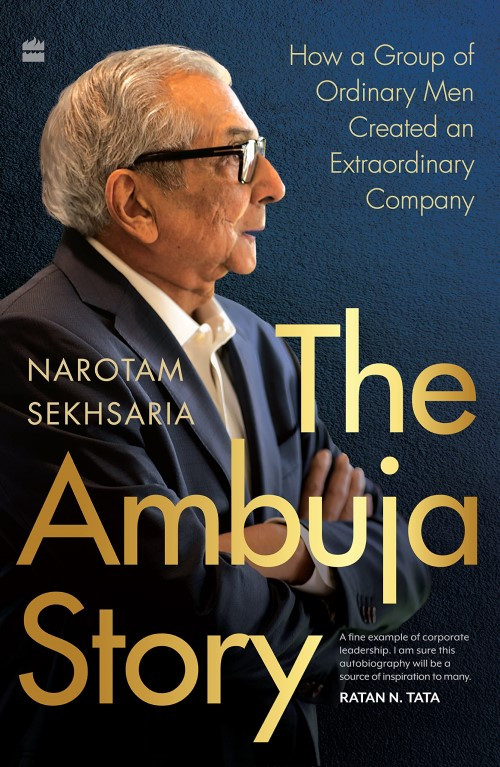 ve loan to employee to purchase it and ultimately prices of share doubled in due course shows thinking of considering employee as family and sharing the prosperity approach, Then the technical know-how of PPC and OPC of cement make one to understand the nitty and gritty of cement company.
ve loan to employee to purchase it and ultimately prices of share doubled in due course shows thinking of considering employee as family and sharing the prosperity approach, Then the technical know-how of PPC and OPC of cement make one to understand the nitty and gritty of cement company.
One of the first plant to function within 18 months gives the success story of Ambuja at Ko dinar, first In India to complete in very less time as minimum time taken was three months. This story of Ambuja not only stops here, but goes ahead with new area of expertise and expansion in north India, and creating one of the engineering marvel in Darlaghat in Himachal Pradesh (3 km Conveyer belt from deep valley to plane for transporting limestone) in the form of cement company with capacity of 1.5 m Tones again shows the courage, risk taking ability of this Man and winning against the odd and I feel here the real brand got created as he successfully tackles the contradiction of strength of PPC and OPC category of cement as Gujrat plant produces PPC and Himachal OPC.
And he does not stop here, with establishment of Gaj Ambuja, and successful sea shipping of the cement from Ko dinar port to Panvel port and then encircling till Mangalore to some part of Tamil Nādu to Andhra Pradesh gives the continuing expansion of his market and brand across India.
While doing this the importance of teamwork, maintain the community bond, giving autonomy to each employee of company shows the quite unique style of functioning of the Mr. Narottam sekhsaria. One of the most challenging parts of his journey is to tackle the cancer in 1993 due to unhealthy habits of Tabaco chewing, but author here accepts this and very positively wins over this Dangerous enemy I.e., cancer considered at that time.
I feel the mention of social conscience by the author and his inspiration from Mr. Kantisen shroff of excel industries (simplicity, humbleness) gives the very well turn to his life like going for corporate social responsibility in decade before government make it compulsory shows the commitment towards empowering the community. To take this work forward the establishment of Ambuja cement foundation and work of this organization in healthcare, education, SHG, skill development is one of the best part of authors autobiography.
However, while reading the book, I found it as little bit lengthy and gets technical when it comes to stock market and its detailing by author, also I think some people like Mr. Kulkarni did not get the adequate attention, who was the key pillar in each project. Too much detailing of the extended family member and their role makes reader somewhat boring. I felt that many privileges are fortune for the author, but one must accept that turning those privileges into the marvellous success story is really a daunting task and for that need ability of hard work, commitment, ethics, Integrity and realization that doing something for welfare of community which is demonstrated by author through his life journey.
The Ambuja story is really inspiring journey to students, young generation, for people who want to become a good entrepreneur and even every person has one or the other thing to learn from the ‘I Can’ philosophy of author, as he mentions, Frugality should be the way of life and I quote “everything I have learnt is based on the belief that life is simple, not complicated. So is business. Keep it simple and whatever you do, make sure you never compromise on your values. Success will come; so, will happiness".
Due to simple writing style, linear fashion of writing with clear and crisp stand of author, accepting all failure and giving credit to all member of organization. I will recommend to everyone to go on this ride to encapsulate the journey of brand with social conscience.
The Ambuja Story
Author - Narotam Sekhsaria
Publisher - Harper Collins
Genre - Autobiography
Pages- 331, Price- Rs. 699
- Anil Mhaske, (ex-IFS, IPS)
anilmhaske22@gmail.com
Tags: Ambuja Cement Narotam Sekhsaria Autobiography Business The Ambuja Story Businessman's Autobiography Harper Collins. Load More Tags

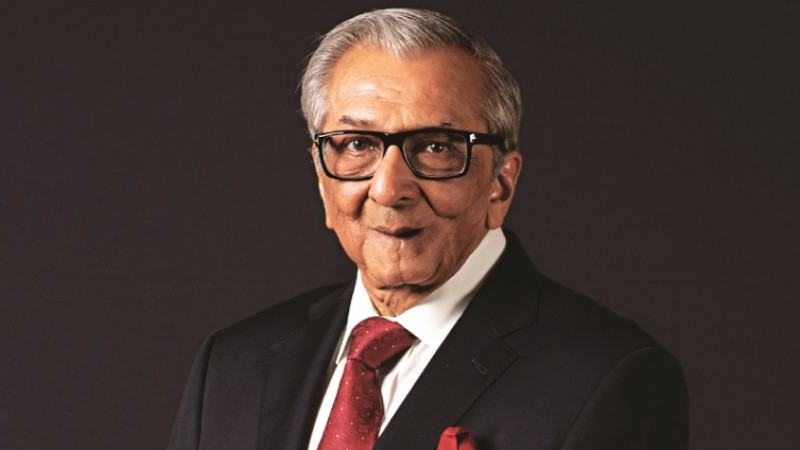


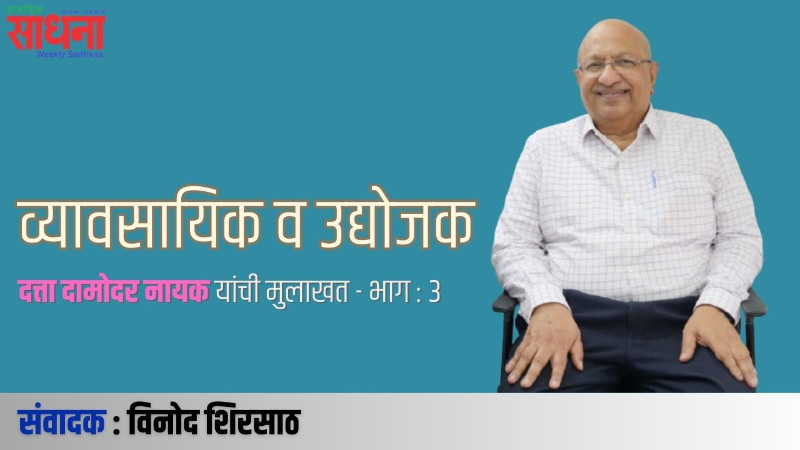


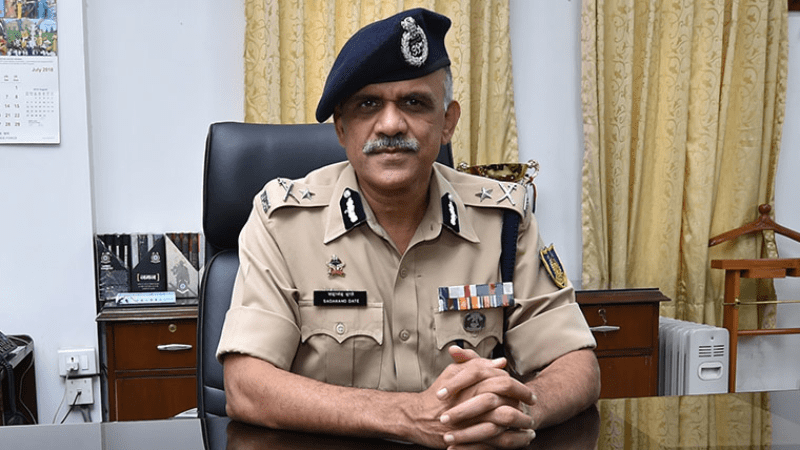


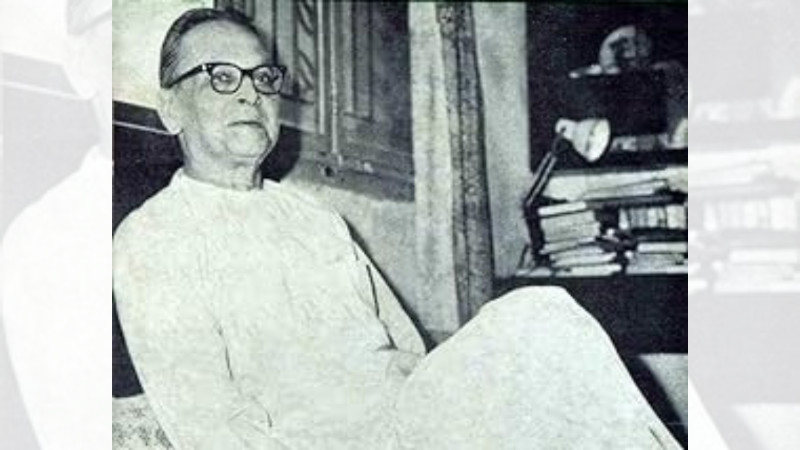
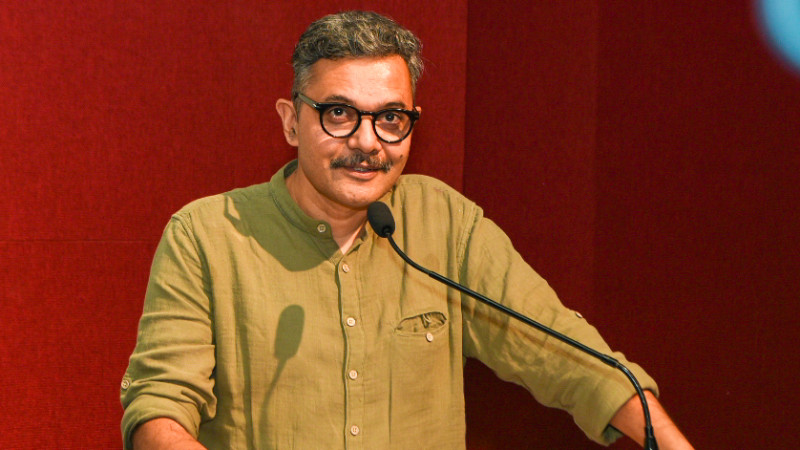
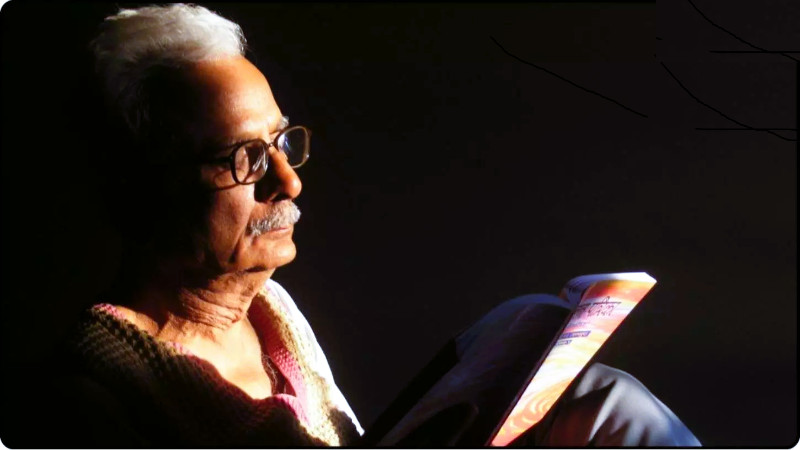
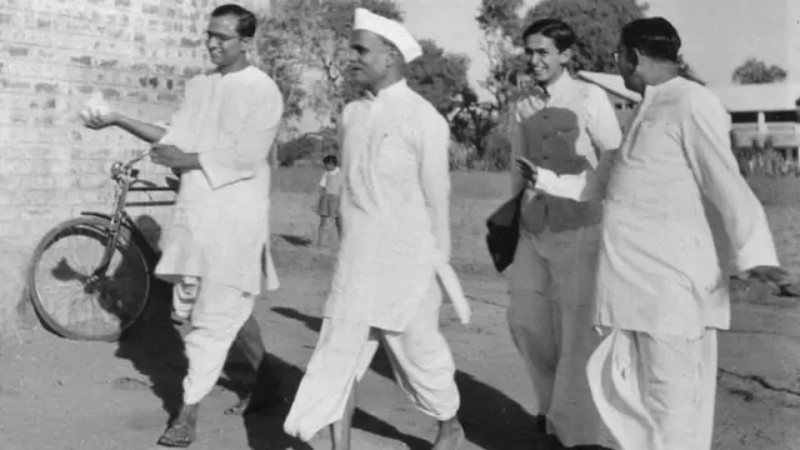
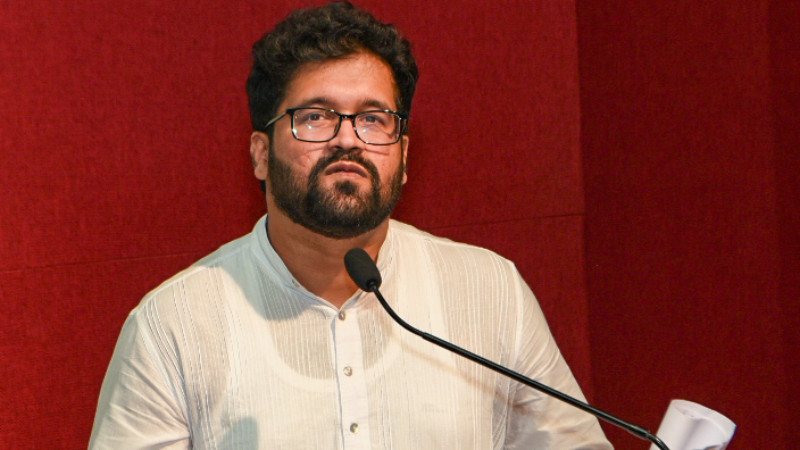
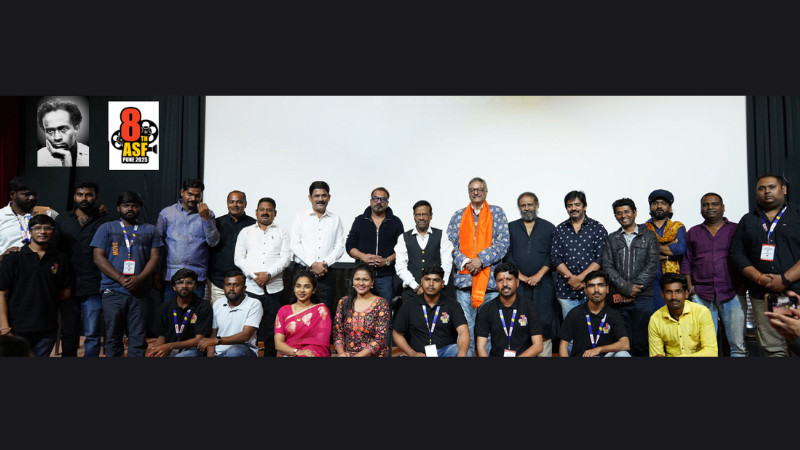















Add Comment